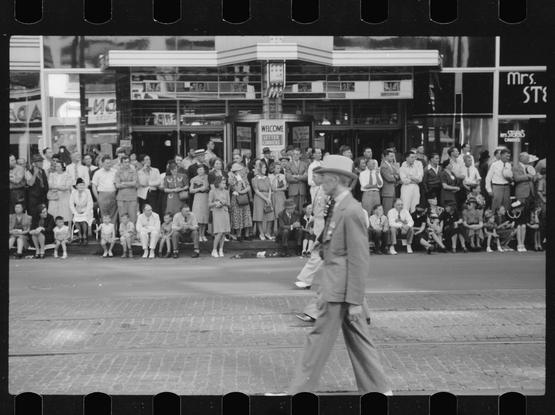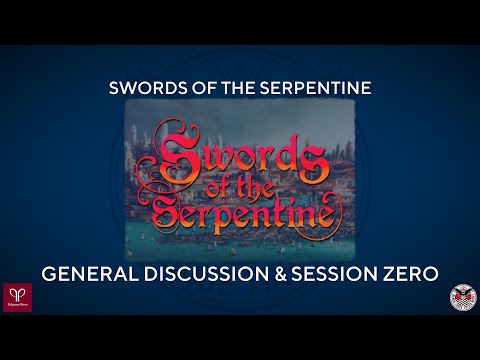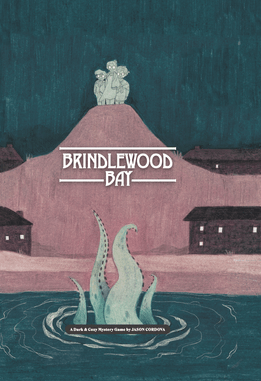RPGaDAY2025 – Day 14 – Mystery – The Three Mysteries
What’s #RPGaDAY2025 ? See the details here.
Day 14 – Mystery
Honestly, most RPG adventures are mysteries in one sense or another. Most adventures involve the players discovering some scheme or exploring some mysterious place. What I’m going to talk about here is a mystery in the classic sense – a crime has occurred and the players need to uncover the culprit.
There are different methods that different styles of RPG have used to run mystery games. Here’s the three big ones:
Trad Games
In the large majority of RPGs, there aren’t any specific mechanics for solving mysteries. If you’re trying to find a clue by searching, investigating, or just talking to somebody, you have to make a skill roll (or other mechanic). If you fail, you don’t get the clue. Call of Cthulhu is probably the most common example of this kind of game.
In theory (and often in practice) this can gum up the works. If the players don’t have the clues, they can’t solve the mystery. There are ways to deal with this; the Alexandrian’s Three Clue Rule is probably the best known method.
Gumshoe System
In Robin D. Law’s Gumshoe system (Trail of Cthulhu, Esoterrorists) deals with the clue problem in the easiest way possible. Whenever the player investigates anything, they automatically get the clue. They can spend points to get extra information if they wish.
This removes the whole not finding the clue issue, but the players still need to interpret the clues to solve the mystery.
If you’re interested in messing about designing a game with Gumshoe, Pelgrane Press has a Gumshoe SRD that is free to download.
However, an easier method of learning and adapting Gumshoe is Against the Unknown by Thomas McGrenery. It’s essentially a stripped-down version of Gumshoe, with no setting. Like the SRD, it is under a Creative Commons license. I made a character sheet for it here.
Brindlewood Bay
A PBTA-style game from Jason Cordova, in which the players are all elderly women in the New England town of Brindlewood Bay, who solve local murders.
The GM is given a crime, a number of suspects, and a series of clues. The players interact with the places and people, by using their PBTA-style Moves. If they succeed, they collect some of the clues. The clues aren’t necessarily attached to a particular person or place, so the GM will need to improv which clues the players get.
When they have enough clues, the players can present their theory of the murder. They then make a Theorize roll, adding the number of clues to the roll, If they succeed with a 10, they’ve uncovered the murderer. The adventure doesn’t specify who committed the murder. The player’s theory automatically becomes fact.
This game is popular enough to have spawned a large number of “Carved From Brindlewood” hacks. Here’s a list at itch.io.
Which Style Should I Run?
No mystery here – whichever one you want.
I think that the old-school trad one works fine if you’re comfortable with the players’ ability to figure stuff out, and if they’re OK with the possibility of failing to solve the mystery.
Brindlewood Bay (and it’s many relations) is a delight, but it does require a bit of improv and the ability to think on one’s feet. Not all GMs (especially newer ones) would be comfortable with that.
I myself kind of lean toward Gumshoe, mostly because I like the process of making up the plots, but don’t find the whole rolling for clues thing that fascinating.
If there’s some indie mystery system I’ve missed, feel free to put it in comments.
Just One More Thing…
If you’re running any style of mystery, I’d highly recommend GURPS Mysteries by Lisa J. Steele. For the most part, it’s not GURPS-specific. It’s mostly a lot of good advice and ideas for running mystery games that should work with any system.
#BrindlewoodBay #Gumshoe #RPG #RPGaDAY2025 #ttrpg


 KEXP
KEXP



